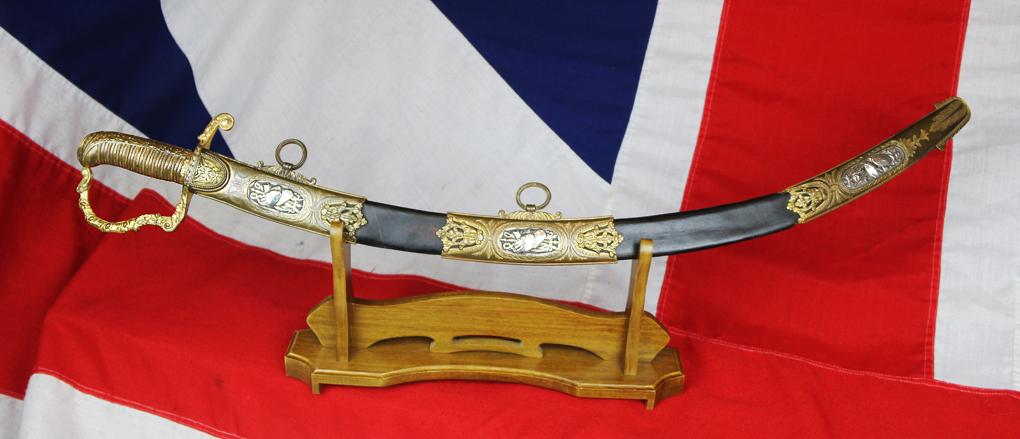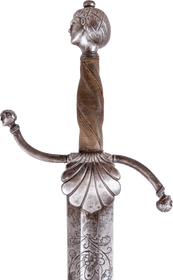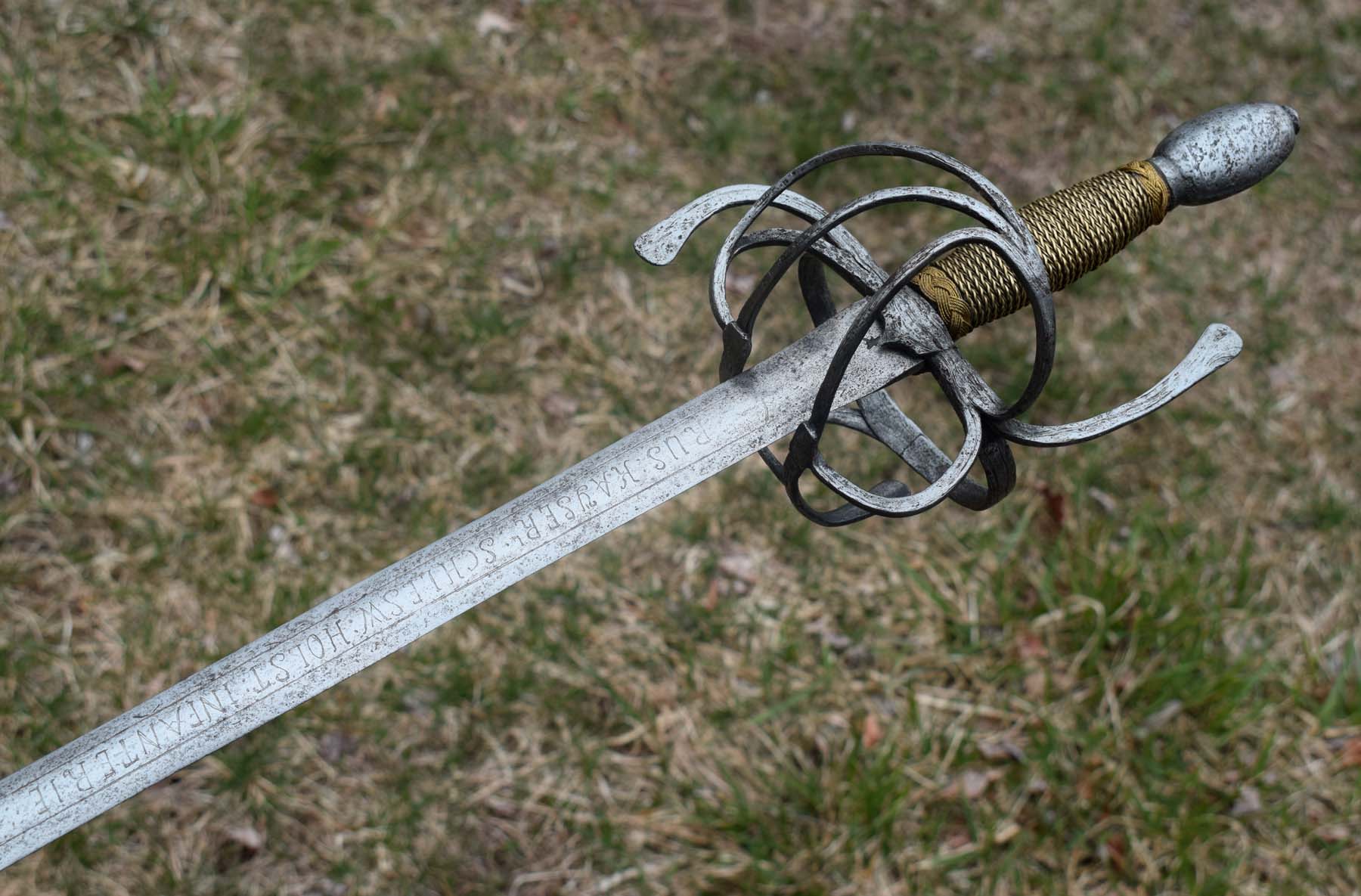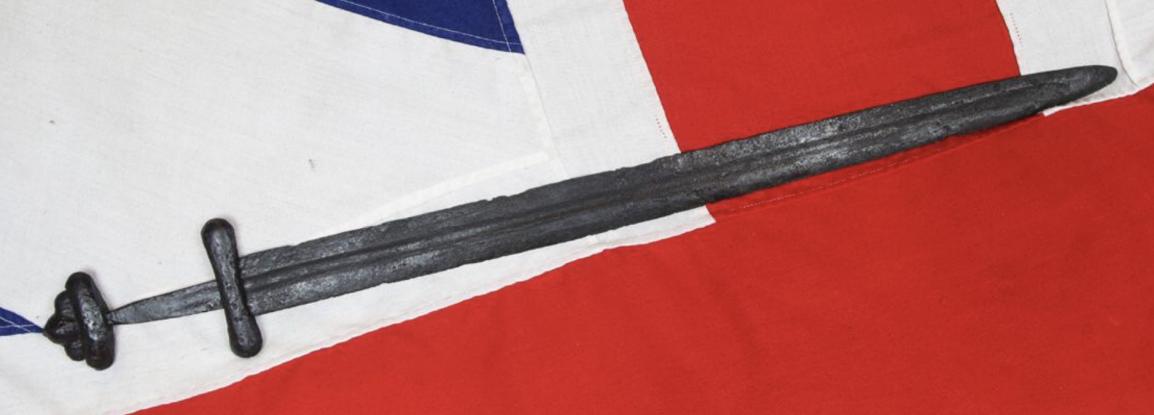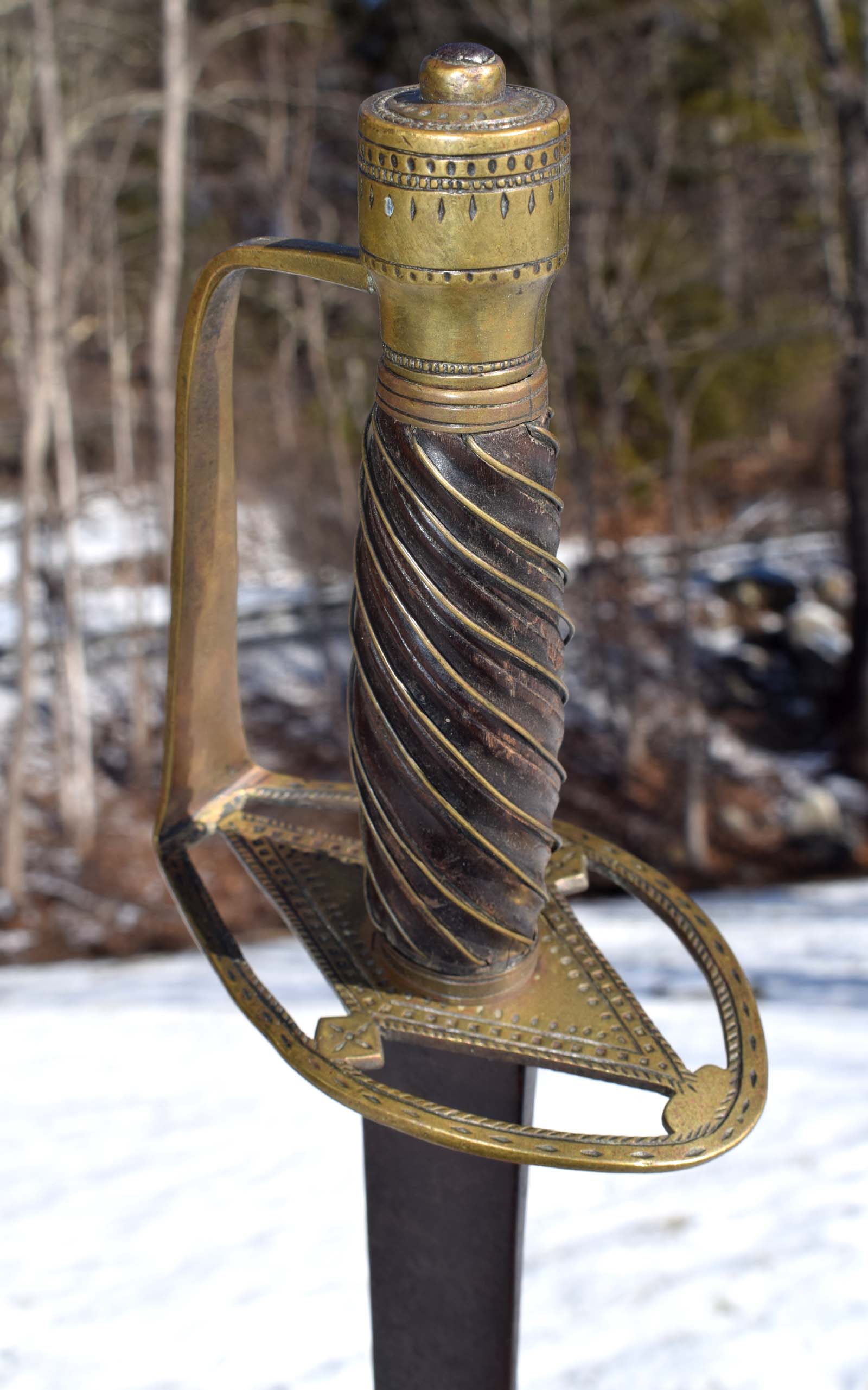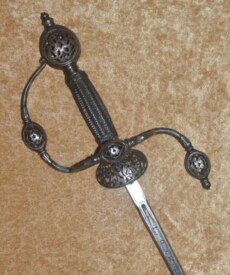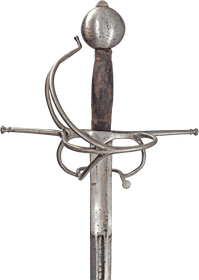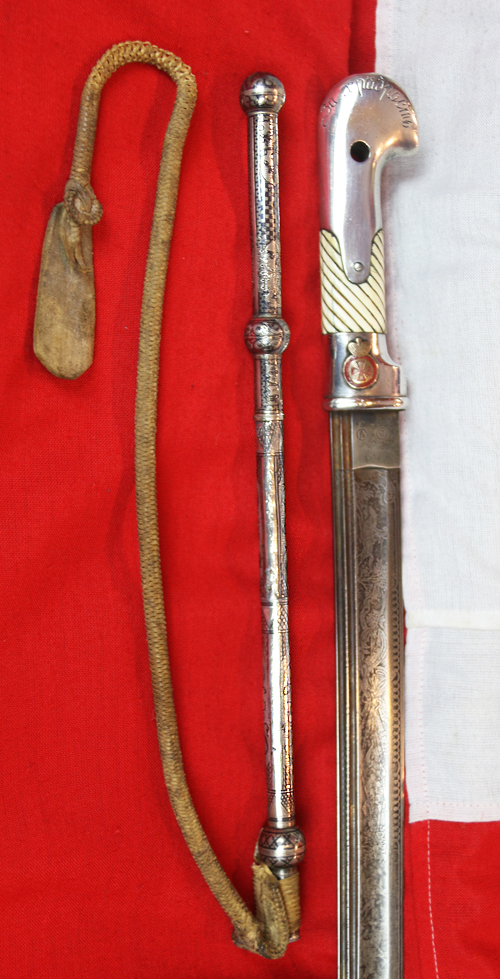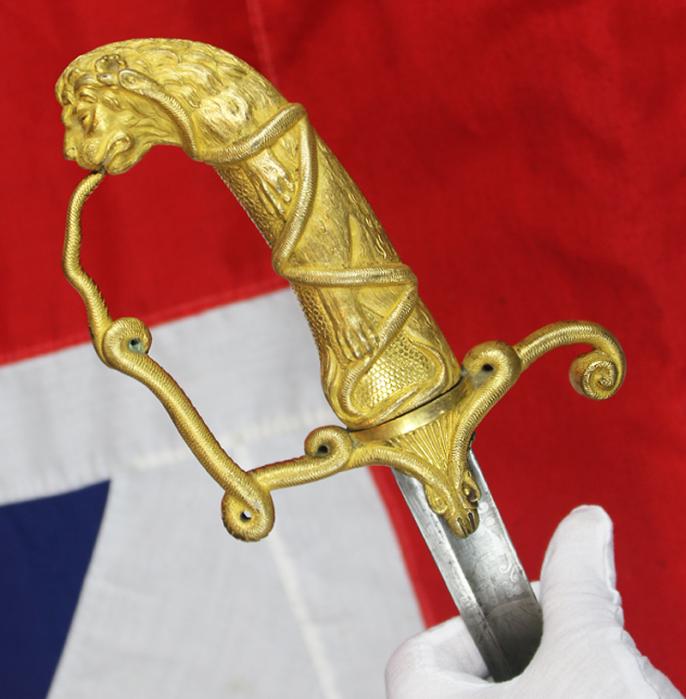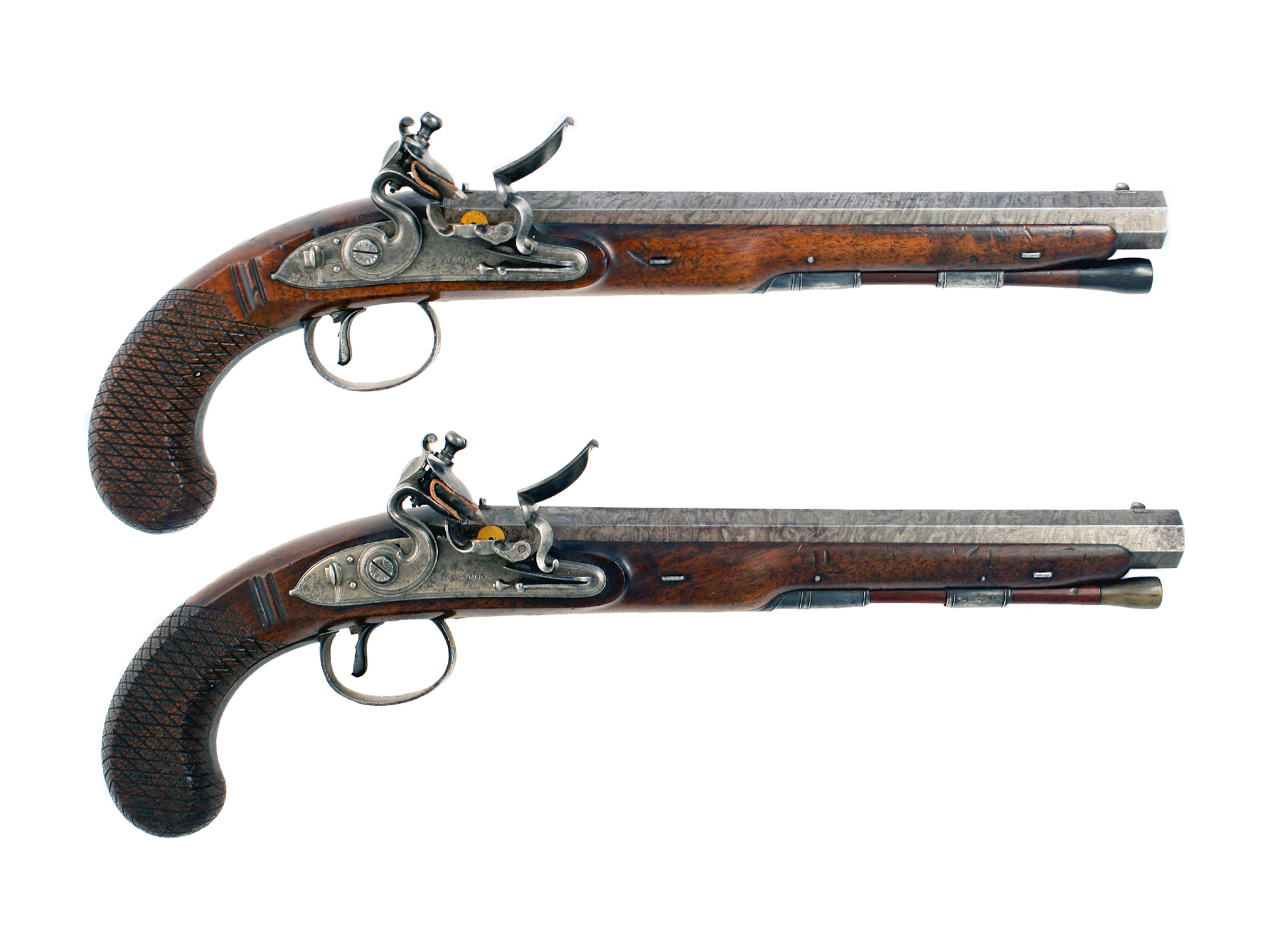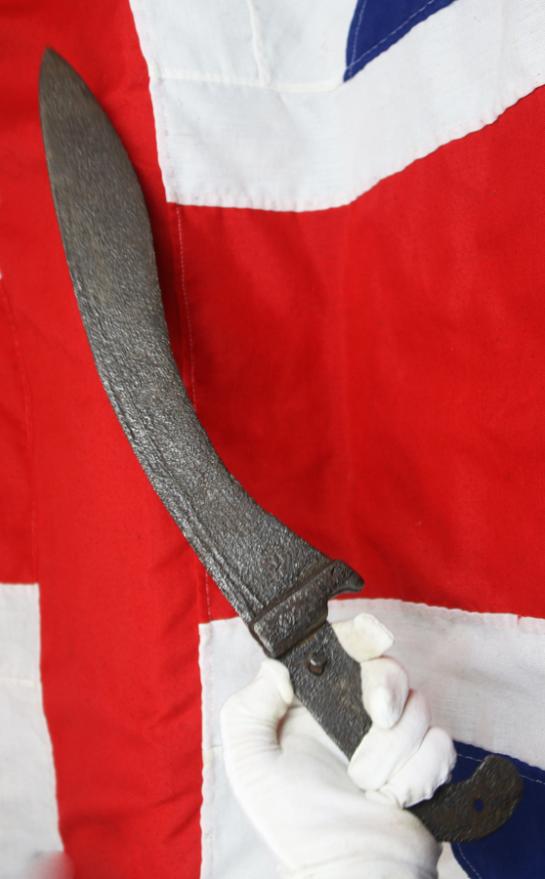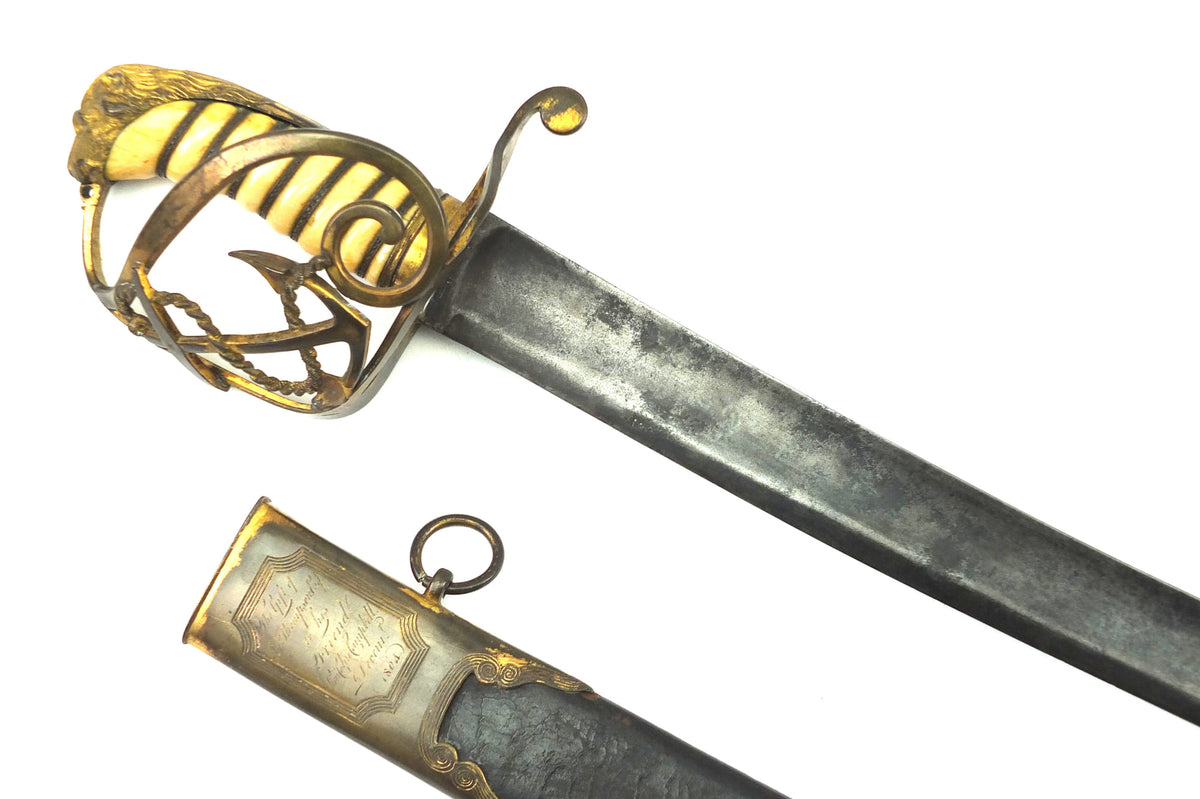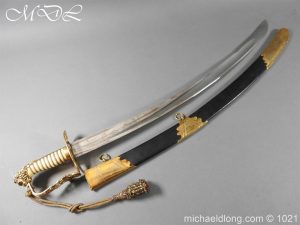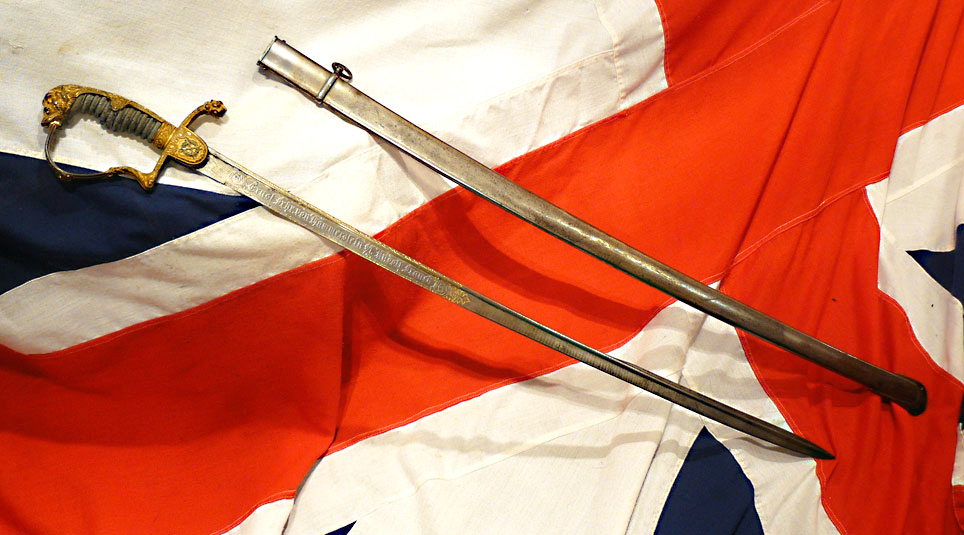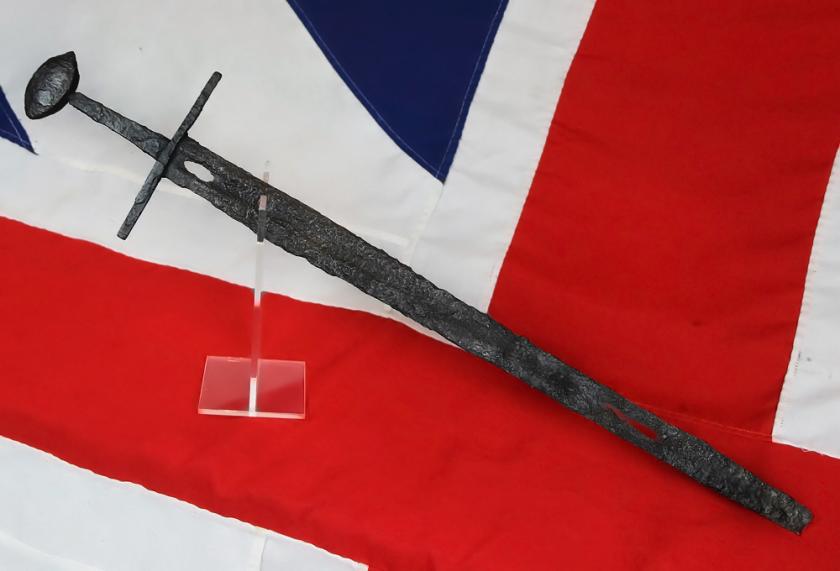For Sale
The following items are listed by for sale by users of the site and dealers. They are in no way endorsed or guaranteed by www.antiquearmsresearch.com
Add a Classified ItemYou can also receive regular email notifcations when items match your keywords. To recieve them just register or logon at the top right of this page.
- Nation : Spanish
- Local Price : £36950
- Nation : German
- Local Price : 39,000.00 USD
- Nation : German
- Local Price : 35000.00 USD
- Nation : British
- Local Price : £24995
- Nation : Spanish
- Local Price : £22500
- Nation : American
- Local Price : 25000.00 USD
- Nation : British
- Local Price : £18995
- Nation : British
- Local Price : £18750
- Nation : ?
- Local Price : $14995.00
- Nation : British
- Local Price : £14,995.00
- Nation : British
- Local Price : £14,995.00
- Nation : Spanish
- Local Price : 19,000.00 USD
- Nation : British
- Local Price : £12950
- Nation : Spanish
- Local Price : £12750
- Nation : ?
- Local Price : £12500.00
- Nation : -
- Local Price : 15,800.00 USD
- Nation : British
- Local Price : £11275
- Nation : American
- Local Price : £11275
- Nation : German
- Local Price : £10850
- Nation : British
- Local Price : £9,995.00
- Nation : -
- Local Price : £9,995.00
- Nation : British
- Local Price : £9995
- Nation : Spanish
- Local Price : £9995
- Nation : Japanese
- Local Price : £9995
- Nation : British
- Local Price : £9,950.00


